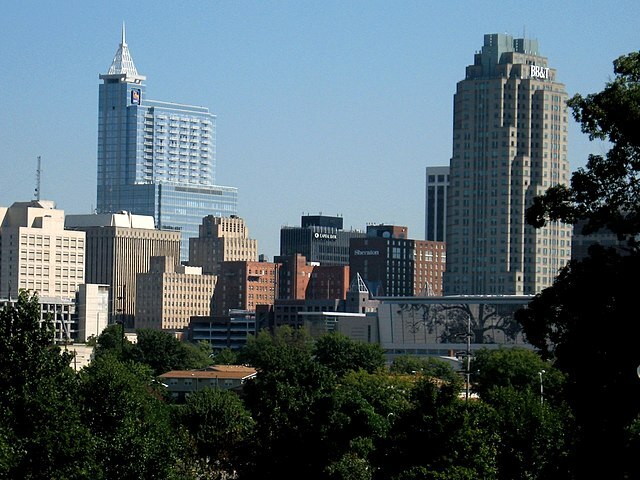In The Right to Earn a Living Act: A Well-Considered Answer to Licensing, I examined the first two statement of findings behind the Right to Earn a Living Act. It is a model bill to make sure entry regulations into an occupation (i.e., licenses) were kept to only legitimately necessary ones to protect public health, safety, or welfare, and only when licensing is the only way to meet those objectives.
The act favors policy options that preserve occupational freedom. And even where there are legitimate concerns, it would promote less burdensome ways to address them first, such as certification, bonding, insurance, and inspections.
If the reasons for licensing can sometimes be legitimate, then the rest aren’t. They’re arbitrary. Another way to phrase that is for no good reason. In the third statement of finding, the Act holds:
In recent years, many regulations of entry into businesses and professions have exceeded legitimate public purposes and have had the effect of arbitrarily limiting entry and reducing competition.
How do we know if it’s legitimate?
Trying to define a “legitimate” need for licensing might tempt you to sound like Justice Potter Stewart and claim to “know it when I see it.” States disagree widely over what occupations even need licensing. Writing for the Council of State Governments’ 2004 Book of the States, Pam Brinegar identified “more than 1,100” regulated professions — but only “fewer than 60” regulated in all 50 states. That’s just over 5 percent.
What about the remaining 95 percent? There are significant differences among the states as to whether they should be licensed at all. And even in states where they are licensed, there are critical differences over how strictly they should be regulated.
Furthermore, those obvious (“know it when I see it”) licensing needs were in all likelihood addressed by licensing a long time ago. The more recent the license, the more likely it is arbitrary — a product of successful lobbying rather than a crying need.
Consider that in 1952, the Council of State Governments was warning of the “extraordinary increase in state legislation requiring government examination and licensure.” How many occupations were affected then, 66 years ago? Only 75 occupations. Of those, just 14 (nearly 19 percent) were licensed by all the states.
At that time, in North Carolina, the state was adding a new licensing agency about every three years. Policymakers grew much more aggressive in regulating occupations, however. From 1970 to 2008, they were adding a new licensing agency about every 10 months. It is difficult to think legislators were discovering a new, clear-cut case for extreme state regulation of an occupation every 10 months for nearly four decades.
Limiting entry, reducing competition can’t be arbitrarily decided
Occupational licensing is the most extreme form of occupational regulation by the state. It’s the only one that blocks entry into a field of labor unless and until a person satisfies all the state’s requirements, which can be quite costly. It’d be a big deal any time a decision to subject an occupation to licensing were made arbitrarily.
Someone who wishes to get a license to start work in a licensed field must first take on a slew of potential costs first. They would include some or all of the following:
- school tuition and fees to satisfy educational credits
- time spent studying
- sitting fees for required qualifying exams
- time spent logging job experience
- opportunity costs of forgone work
- passing a criminal background check
- license and renewal fees
It is well known that making something cost more results in fewer people availing themselves of it. In this case, what is happening is that the state has made providing labor in certain fields costlier. That constrains the supply of labor in those fields and makes licensed practitioners scarcer than they would otherwise be, more valuable, and therefore cost more to consumers.
Labor economist Morris Kleiner, the nation’s foremost expert on occupational licensing, explained:
The most generally held view on the economics of occupational licensing is that it restricts the supply of labor to the occupation and thereby drives up the price of labor as well as the services rendered.
As estimated by Kleiner and economic Alan Krueger, this price premium from reducing competition amounts to workers in licensed professions earning 15 percent higher wages than they otherwise would have.
There’s more. Occupations under licensing in some states grow 20 percent slower than they do in states where they’re not subject to licensing, and we’ve already seen how disparate state licenses are. Meanwhile, nearly 30 percent of the workforce nationwide is required to hold a license to work.
Putting it all together, Kleiner estimated that occupational licensing has left us with 2.85 million fewer jobs, the consequence being an annual cost to consumers of $203 billion. We wouldn’t want those to result from arbitrary regulatory choices.


